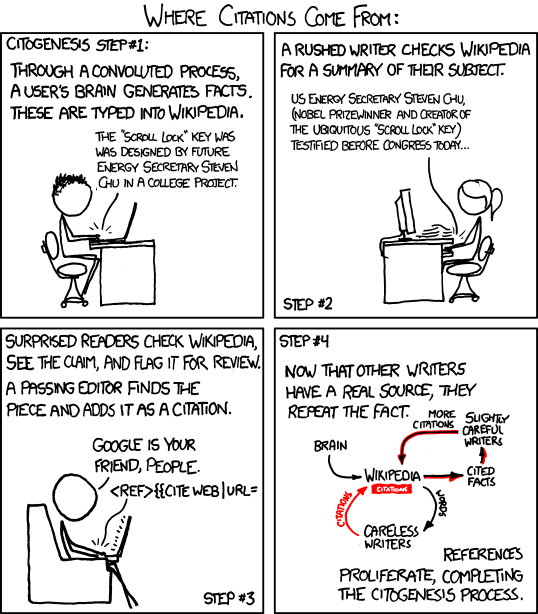I've found that my mum, unsurprisingly I suppose, is more interested in family history research about her own ancestors. So today, for something to talk about I set out to fill in a gap in my 4x great grandparents in her Harle line. Recently I blogged about our various ancestors who seem to have come within a whisker of each other in Walker in the second half of the 19th century, the Harles were one of those families. But where did my 3x great grandfather William Harle come from?
He's inconsistent in the census - in 1861 he says he's born in Newcastle, Northumberland and in 1851 he says Kenton, Northumberland. Now these days that would be the same thing, Kenton seems totally submerged in the suburbs of Newcastle, but I expect that in 1807 (his age IS consistent), Kenton was a little village three miles NNE of Newcastle upon Tyne, just like it says on the Vision of Britain website. Helpfully this site also tells me that it was part of Gosforth parish, so let's start our search there.
On Family Search putting in Harle (surname) and Gosforth (place of birth) brings back a set of perfect parents for William, Daniel and Isabella Harle, having children every two or three years around the first two decades of the nineteenth century, but unfortunately no William. Why are they perfect? Well, my William's children include an Isabella, his eldest daughter and a Daniel, his third son. It was very, very common for children to be named after grandparents in the past, some cultures even had strict patterns to the naming, though I'm yet to be convinced my relatives followed any pattern.
Next step: assume someone's made a mistake in the transcriptions and he really does belong to this family ... I put Daniel and Isabella, with no surname stated, as the parents at the birth of "a person with no names" in Gosforth for the twenty years around the children I had found.
 |
| The results of a search for children of Daniel & Isabella, no surname, in Gosforth from 1800-1820 (from Family Search) |
Handily for me many of the Bishop's Transcripts (BTs) of the Northumberland and Durham parish registers appear on Family Search as un-indexed images. If you've not used these before, they are great - but you do have to be patient. Go to the home page of the Family Search site and scroll down to the lower half of the page.
 |
| The bottom half of the Family Search home page |
This is where it gets clever - you know the spread of the records is 1762 to 1846, that's what it says at the top of the page - so take an educated stab at where 1807 might be in the 730 images. Things to remember - in earlier years they fitted many, many more events to a page than they did once proper printed parish registers were introduced in 1813 (earlier for marriages, but not always in BTs) - despite the date range shown the earlier entries could very well be patchy, years missing, pages lost that kind of thing - so don't just make your guess on proper maths (which would suggest 1807 should lie be found just after the half-way mark (45:38) in the 730 images). In this case I found 1807 at image 119 and onwards, and William Hall on image 124.
 |
| 1807 entry for William Hall (sic) in the Gosforth register, edited to fit on this page (from Family Search) |
The bits in [ ] aren't there - I've just put them in to help you decipher the entry.
Not giving up ...
Going back to 1805 I found the entry for Sarah Harle, baptised 15th December. On her entry it states "1st dau of Daniel Harle, Brakesman, N [native] of Kirkwhelpington, by his wife Isabella, Dr [daughter] of William Penman, N [native] of Whickham."
Oh dear - another variation, but at least this was definitely a Harle entry. Next ...
In 1809 John Harle was "2nd son of Daniel Harle of Kenton, native of Great Bevington in this Cty [county], by his wife Isabella daughter of William Penman, keelman, native of Whickham, Cty [county] of Durham."
Ahh, there's a Great Bavington about two and half miles as the crow flies from Kirkwhelpington and Isabella is consistent even if her father moves from Whickham (where he was "native") to Newcastle at some point. Remember that BTs are transcriptions of the original parish registers, a copy sent every year by the parish priest to the bishop for his central records. And to be honest, there isn't much difference between Harle and Hall if you say it fast - if the Harles couldn't read - when he married my William signed the register with a x - they wouldn't have known the priest had written their surname down incorrectly.
I think we can safely say my hunch was correct - William Hall born 23rd April 1807 to a father working in East Kenton is William Harle, aged 44, who says his place of birth was Kenton on the 1851 census. Another mystery solved!
I'm rather enjoying having a new 5x great grandfather who was a keelman as well. The OH has a few of those with his Castleford Taylors, but I've never had one before. Another reason for that nice boat picture I fancied last month!






























